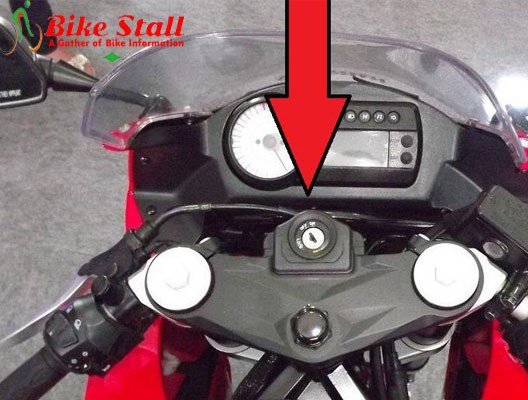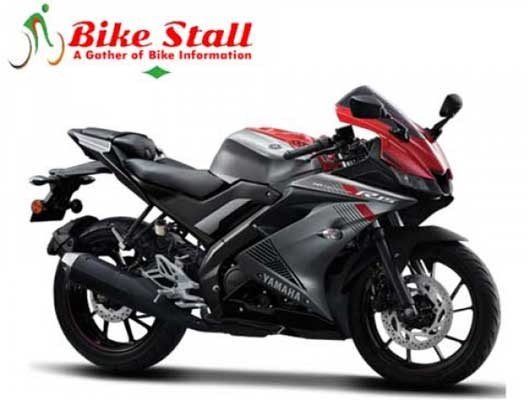What is Motorcycle Ignition System?

The ignition system in a motorcycle is a crucial component that provides the spark needed to ignite the air-fuel mixture in the engine's combustion chamber. The ignition system consists of several parts that work together to generate and deliver the high-voltage electrical charge required to create a spark.
The primary components of an ignition system in a motorcycle include:
1. Battery: The battery provides the electrical power required to operate the ignition system.
2. Ignition switch: The ignition switch is used to turn on and off the ignition system.
3. Ignition coil: The ignition coil transforms the low-voltage electrical power from the battery into a high-voltage electrical charge that is needed to generate a spark.
4. Spark plug: The spark plug is responsible for igniting the air-fuel mixture in the combustion chamber by producing a spark.
5. Spark plug wire: The spark plug wire is used to deliver the high-voltage electrical charge from the ignition coil to the spark plug.
6. Control module: The control module, also known as an ignition module or ignition control unit, is responsible for regulating the timing and strength of the electrical charge that is sent to the ignition coil.
There are different types of ignition systems used in motorcycles, including traditional contact point ignition systems, electronic ignition systems, and capacitor discharge ignition systems. Modern motorcycles typically use electronic ignition systems, which are more reliable, efficient, and require less maintenance compared to traditional ignition systems.
The ignition system plays a critical role in the overall performance of a motorcycle engine. A well-functioning ignition system can ensure optimal fuel efficiency, smooth operation, and reliable starting in different conditions. Therefore, regular maintenance and inspection of the ignition system are essential for ensuring that a motorcycle runs smoothly and efficiently.



